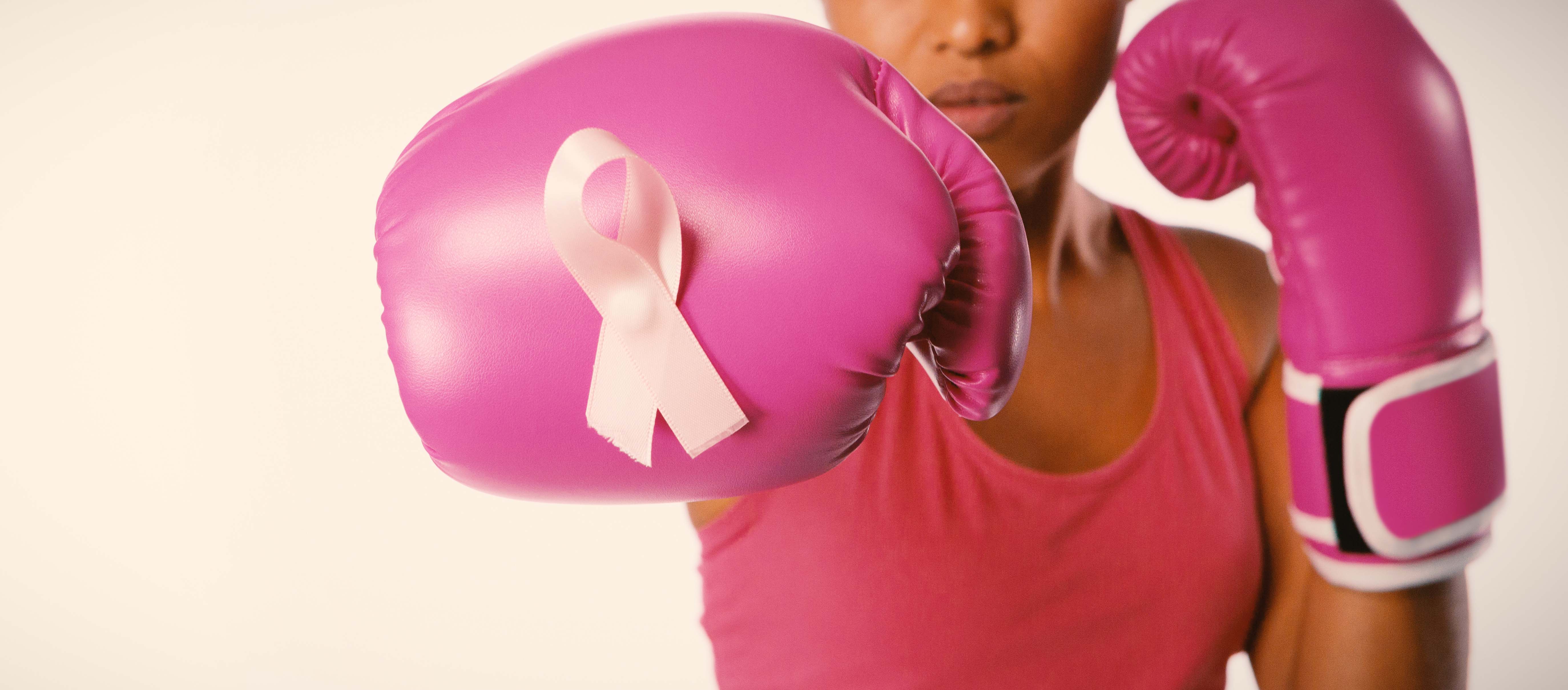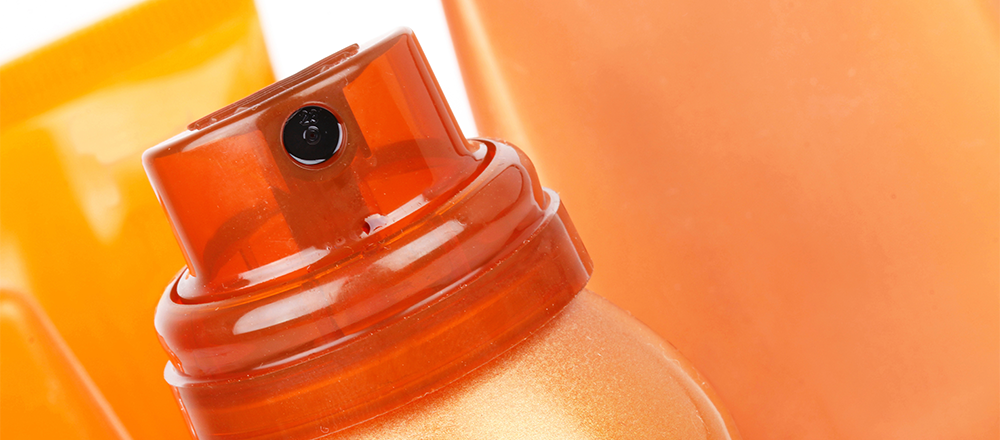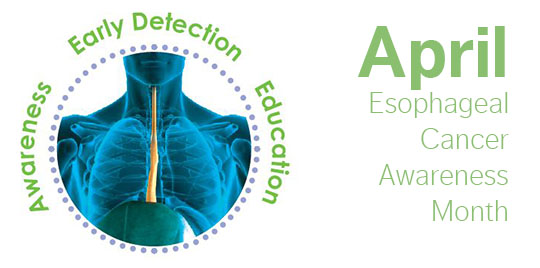10 Ways to Reduce Your Cancer Risk
January 21, 2025By: Joel Francis
Categories: Cancer, Prevention, Live Healthy

Last year, the American Cancer Society predicted more than 2 million Americans would be diagnosed with cancer. That’s 5,480 new cases each day.
While this may seem daunting, the good news is you can take steps to lower your risk of cancer. These changes also benefit your overall health and help reduce the chance for other conditions like diabetes, heart disease and stroke.
Get started with these 10 simple tips. Remember, little adjustments can make a big difference.
1. Eat Right
The bottom line is to eat more fruits, vegetables and whole grains and limit red meat and processed foods. Get creative – put fruit on cereal and eat veggies as a snack. Grab whole-grain bread and cereals instead of white bread and sugary cereals. Pick chicken or fish instead of red or processed meat.
2. Maintain a Healthy Weight
A bonus of eating right is it’s easier to keep weight under control. A healthy weight reduces your risk of 13 types of cancer. Try to limit the time spent in front of a screen and incorporate more physical activity into your routine. If you carry extra weight, work to stop further gain. Try to get motivated to shed a few pounds and give your health an even bigger boost.
3. Stop Smoking
Tobacco use is linked to a dozen types of cancer. Giving up tobacco, including chewing tobacco and snuff, is one of the best choices for your health. Researchers are still studying the effects of e-cigarettes, but the vapor from e-cigs contains cancer-causing chemicals. Call 800.QUIT.NOW or visit smokefree.gov for help quitting.
4. Avoid Secondhand Smoke
There is no safe level of secondhand smoke. Research from the Centers for Disease Control and Prevention found that over the last 60 years 2.5 million non-smokers died from health problems caused by exposure to secondhand smoke. Don’t let anyone smoke in your house or car and encourage your family members to stop smoking, including e-cig use.
5. Drink Less Alcohol
Excessive alcohol consumption is linked to many cancers, including an increased risk of breast cancer in women. The combination of excessive alcohol use and smoking further increases the risk of cancer. After a recent warning from the surgeon general, there is an increasing consensus in the medical community that consuming less alcohol is better. Talk with your healthcare provider to determine an acceptable daily alcohol level, how to reach it and stay there.
6. Stay Active and Move Regularly
Like eating healthy and losing weight, regular exercise lowers the risk of several types of cancer and greatly improves your overall health. Try to do at least 30 minutes of moderate physical activity each day.
7. Stay Sun Safe
While warm sunlight on a cold day feels good, prolonged exposure may lead to skin cancer. UV rays can be twice as damaging in the winter, as they reflect off the snow. Try to stay out of direct sunlight during peak burning hours, between 10 a.m. and 4 p.m. Wear a hat, long-sleeved UV shirt and sunscreen of SPF 30 or higher. Because tanning beds emit more concentrated amounts of UV light, they are even more dangerous than natural sunlight. Sun damage starts early, so protect children and teach them healthy sun habits when they are young.
8. Get Recommended Screenings and Vaccines
Screenings can detect cancer early, when it is more treatable, or better yet keep it from developing in the first place. The National Institutes of Health created this resource that shows several types of screenings and when they are recommended.
9. Use Caution With X-rays and Hazardous Materials
Medical procedures such as X-rays, computed tomography (CT) scans and positron emission tomography (PET) scans use trace amounts of radiation. The benefits from these procedures are greater than any health risk; but, you are always within your rights to question if a procedure is necessary. Limit imaging studies to only when you need them.
Don’t put plastics in the microwave or dishwasher unless they are labeled as safe for that appliance. Extreme heat may cause chemicals to leak. Likewise, always follow proper guidelines when handling chemicals – such as pesticides and cleaning products – metals and loose fibers.
10. Make an Informed Decision Before Starting or Continuing HRT
Hormone replacement therapy (HRT) is often used to alleviate menopause symptoms or support gender affirmation. While HRT can be effective, it slightly increases the risk of breast cancer, with the risk rising with prolonged use. It's important to discuss these potential risks with your healthcare provider.



